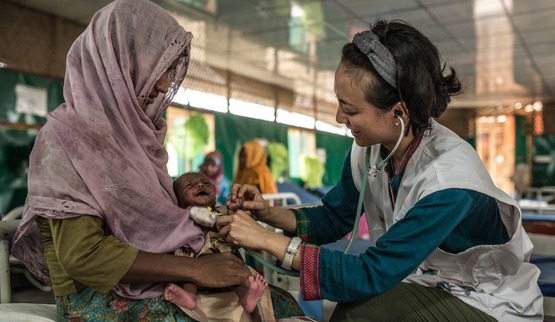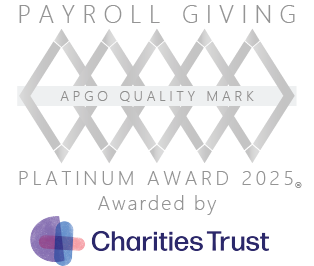Activity
Our strategy for growth was twofold. Firstly, a continued focus on the “business as usual” donor audience complemented by the deployment of an “agreed emergency framework” which outlined our emergency activation approach to maximise on response as soon as an emergency was announced.
Business as usual strategy
Operating fundraising business as usual requires the delivery of a steady and growing stream of regular givers (RG) who donate now and over the long term. This required an insightful audience diagnosis, before implementing a carefully prescribed media approach to improve the ongoing health of MSF’s RG recruitment.
We found during audience insight research that for MSF’s donor base this was crucial knowledge for sharpening the focus of MSF’s RG fundraising advertising. With further research tools we were able to overlay insight into the target audience’s media consumption behaviour. Based on this we used a range of channels including AV, press (both off the page and inserts), radio and door drops.
We used both our own proprietary attribution tools in the short term and then econometrics modelling to give MSF confidence in the relative returns of different media and the optimal budget allocation to maximise overall ROI.
We have delivered success based on our approach to audience insight, identifying a new demographic with characteristics which could be motivated effectively by informative advertising to become committed givers. Our effective campaign infrastructure and measurement refined donor journeys by respecting donors’ data privacy and maximised conversion.
Agreed Emergency Framework
When we began working with MSF, one of our first recommendations was to implement an ‘Agreed Emergency Framework’. This outlined our emergency activation approach to maximise on response as soon as an emergency was announced. Experience had taught MSF that there were lots of factors outside of its control which also impacted results. These trickier, more nuanced elements were linked to the level of public awareness in the emergency crisis, its news coverage, where in the world it was happening and how long it was likely to last. Our team had to create a quick, workable triage on which to base important decisions around media spend levels, phasing of spend and media selection.
By identifying key data indicators of how the public and media were responding to an emergency and combining this with MSF’s ‘on the ground’ knowledge, three different types of emergency media approach were applied: Emerging Crises, Rapid Crises and Global Medical Emergencies.
Emergency processes and frameworks can only thrive if there is a collaborative team in place to interpret, act and implement them. There were two standout award winning* “campaigns which yielded excellent results for MSF:
- The Covid-19 appeal whereby MSF needed the funds to provide urgent care during the pandemic. In under two weeks, MSF, MI Media and Crafted worked tirelessly to bring to market a full funnel strategy, from awareness to conversion across 14 media channels – including newly affordable channels as the market and consumption patterns shifted. Agility was key for this to work and, along with the NHS, MSF was the first Covid-19 appeal live on TV. We also employed live planning around big news developments.
- During the Ebola disease medical disaster, funds were needed imminently to fight the spread of the disease. We put together a tactical media strategy to make the greatest impact. With proactive planning, close monitoring of search trends and close collaboration with MSF’s PR team, we were able to piggyback on the news agenda for fundraising. We launched our biggest pushes at critical moments when crisis awareness peaked and when help was most needed. Our agile approach proved highly valuable with TV delivering an ROI of £5.70 and contributing much needed funds.

